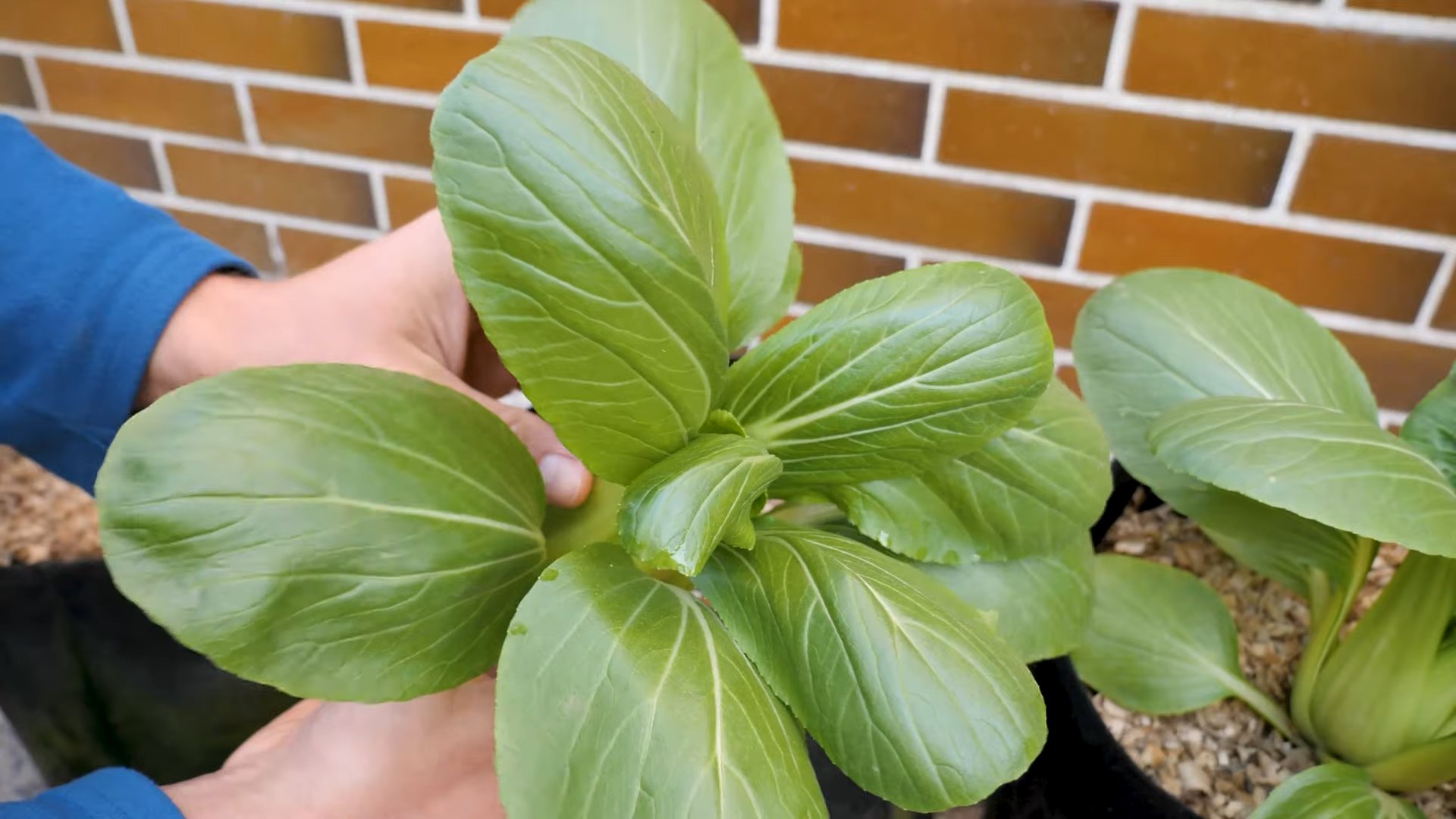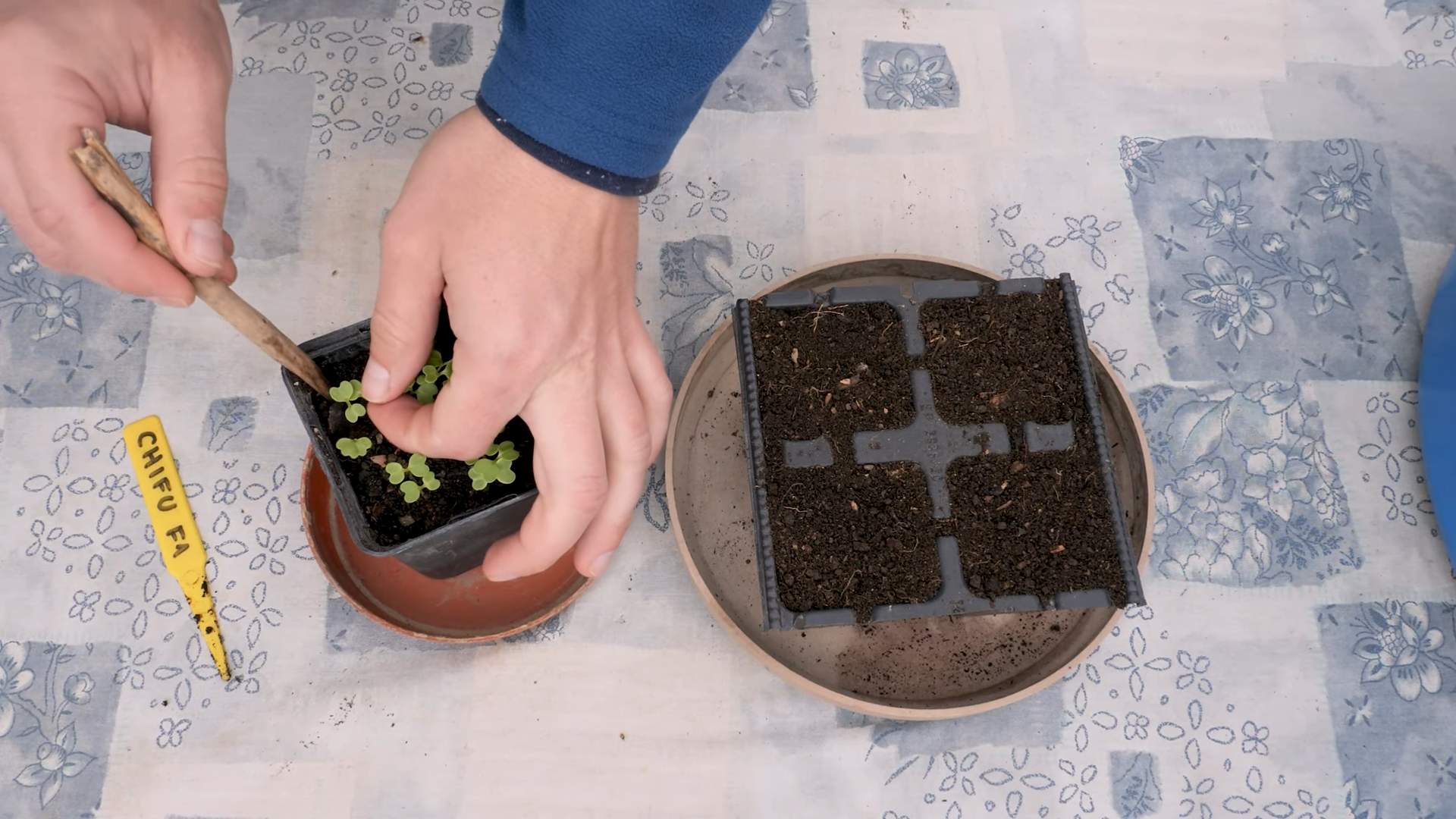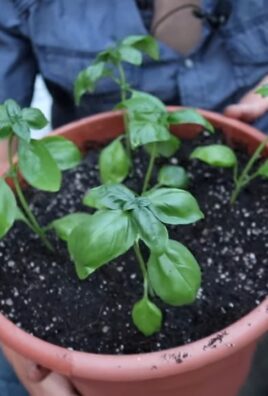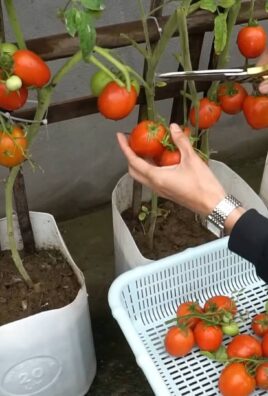Grow Bok Choy in Bags
I’ve always loved the crisp, slightly sweet taste of bok choy, but finding consistently good quality at the grocery store can be a challenge. That’s why I started experimenting with growing bok choy in bags – and let me tell you, it’s been a game-changer! This simple, DIY method allows you to enjoy fresh, homegrown bok choy all season long, regardless of whether you have a garden or not. Forget about expensive, unpredictable supermarket produce; this guide will show you how to cultivate your own delicious harvest, right on your patio, balcony, or even your kitchen windowsill.
The history of bok choy stretches back centuries, originating in China and playing a vital role in countless culinary traditions. Its versatility and nutritional value have made it a beloved vegetable across the globe. But growing your own bok choy adds a whole new dimension – a connection to the food you eat and a sense of accomplishment that store-bought produce simply can’t match.
Why Grow Bok Choy in Bags?
Growing bok choy in bags offers several advantages. It’s incredibly convenient, perfect for those with limited space or those who are new to gardening. The bags provide excellent drainage and aeration, crucial for healthy bok choy growth. Plus, you can easily move your bok choy plants to follow the sun or protect them from harsh weather. This method minimizes the need for weeding and soil preparation, making it a truly low-maintenance way to enjoy the rewards of homegrown vegetables. So, whether you’re a seasoned gardener or a complete beginner, learning how to grow bok choy in bags is a rewarding experience that will bring fresh, flavorful bok choy to your table.

Growing Bok Choy in Bags: A Step-by-Step Guide
I love bok choy, but sometimes fresh, crisp leaves can be hard to find or expensive at the grocery store. That’s why I decided to try growing my own! And guess what? It’s surprisingly easy, even if you don’t have a garden. This guide will walk you through growing delicious bok choy in bags, perfect for apartments, balconies, or even a sunny corner of your kitchen.
Choosing Your Supplies
- Grow Bags: I recommend using large, heavy-duty grow bags. These are readily available at most garden centers and online. Look for bags that are at least 5 gallons in capacity to give your bok choy plenty of room to grow. Make sure they have drainage holes at the bottom.
- Potting Mix: Don’t use garden soil directly from your yard. Instead, opt for a high-quality potting mix specifically designed for vegetables. This mix is lighter, drains better, and is less likely to harbor diseases or pests that could harm your bok choy.
- Bok Choy Seeds or Seedlings: You can start from seeds or buy seedlings. Starting from seeds takes a little longer, but it’s more economical. Seedlings give you a head start, but they can be more expensive. Choose a variety that suits your climate and space.
- Watering Can or Hose: You’ll need a way to water your bok choy regularly. A watering can with a rose head is ideal for gentle watering.
- Optional: A liquid fertilizer specifically formulated for leafy greens. This isn’t strictly necessary, but it can help boost growth and yield.
Preparing the Grow Bags
1. Inspect the Bags: Before you start, check your grow bags for any tears or holes. Repair any damage with strong tape.
2. Fill the Bags: Fill each grow bag about ¾ full with the potting mix. Don’t pack it down too tightly; leave it loose and airy.
3. Water Thoroughly: Give the potting mix a good soaking. The water should drain out of the bottom drainage holes. This ensures the soil is evenly moistened before planting. Let the excess water drain completely before proceeding.
Planting Your Bok Choy
1. Sowing Seeds (If Starting from Seed): If you’re using seeds, make small furrows about ½ inch deep and ½ inch apart. Plant the seeds about ½ inch apart in the furrows. Cover the seeds gently with potting mix.
2. Planting Seedlings: If you’re using seedlings, gently remove them from their containers, being careful not to damage the roots. Create a hole slightly larger than the root ball and place the seedling in the hole. Fill the hole with potting mix, gently firming the soil around the base of the plant.
3. Watering After Planting: After planting, water gently but thoroughly. Avoid overwatering, which can lead to root rot.
Caring for Your Bok Choy
1. Sunlight: Bok choy needs at least 6 hours of sunlight per day. Place your grow bags in a sunny location. If you’re growing indoors, a sunny windowsill or a grow light will work.
2. Watering: Keep the soil consistently moist but not soggy. Water regularly, especially during hot and dry weather. Check the soil moisture by sticking your finger about an inch into the soil. If it feels dry, it’s time to water.
3. Fertilizing: If you choose to use fertilizer, follow the instructions on the package. Generally, a diluted liquid fertilizer applied every two weeks will suffice. Over-fertilizing can harm your plants.
4. Pest and Disease Control: Regularly inspect your bok choy for pests or diseases. If you notice any problems, take appropriate action. This might involve removing affected leaves or using an organic pest control solution.
5. Thinning (If Starting from Seed): If you started from seeds, you’ll need to thin your bok choy seedlings once they have a few true leaves. This means removing some of the seedlings to give the remaining plants enough space to grow. Thin to about 4-6 inches apart.
6. Harvesting: Bok choy is ready for harvest when the leaves are fully grown and firm. You can harvest individual leaves or the entire plant, depending on the variety and your preference. Harvesting individual leaves encourages continued growth.
Troubleshooting Common Problems
Yellowing Leaves:
Yellowing leaves can indicate several issues, including overwatering, underwatering, nutrient deficiencies, or pest infestations. Check your watering schedule, soil moisture, and look for signs of pests. If you suspect a nutrient deficiency, consider using a balanced liquid fertilizer.
Leggy Plants:
Leggy plants are often a sign of insufficient sunlight. Move your grow bags to a sunnier location or supplement with grow lights if growing indoors.
Bolting:
Bolting occurs when the plant prematurely sends up a flower stalk. This is often caused by stress, such as extreme heat or drought. Ensure consistent watering and try to provide some shade during the hottest part of the day.
Pests:
Common bok choy pests include aphids, slugs, and snails. Inspect your plants regularly and take appropriate action if you find pests. Organic pest control methods are generally preferred.
Harvesting and Enjoying Your Homegrown Bok Choy
Once your bok choy plants reach maturity (usually around 6-8 weeks from planting), you can start harvesting. For a continuous harvest, you can pick individual outer leaves, allowing the inner leaves to continue growing. Alternatively, you can harvest the entire plant at once. Enjoy the fresh, delicious flavor of your homegrown bok choy in stir-fries, salads, or as a side dish!
Remember: Growing bok choy in bags is a rewarding experience. Don’t be discouraged if you encounter some challenges along the way. With a little patience and care, you’ll be enjoying your own delicious, homegrown bok choy in no time!

Conclusion
So there you have it – a simple, effective, and surprisingly rewarding method for growing your own bok choy, all from the comfort of your home using our easy DIY grow bags! This grow bok choy in bags technique isn’t just about saving money on groceries; it’s about connecting with nature, experiencing the satisfaction of nurturing a plant from seed to harvest, and enjoying the unparalleled freshness of homegrown vegetables. The entire process is remarkably straightforward, requiring minimal space, effort, and specialized equipment. Whether you’re a seasoned gardener or a complete beginner, this method is accessible and guaranteed to yield delicious, vibrant bok choy. The control you have over the growing environment, from sunlight exposure to watering frequency, ensures optimal growth and minimizes the risk of pests and diseases often associated with outdoor gardening. Ultimately, the taste difference between store-bought and homegrown bok choy is undeniable – a testament to the superior flavor and texture achieved through this simple DIY approach. Don’t just take our word for it; experience the joy of harvesting your own crisp, succulent bok choy leaves!
You can easily adapt this method to suit your needs and preferences. Experiment with different types of bok choy – from the classic baby bok choy to the larger, more robust varieties. Consider adding a slow-release fertilizer to the soil mix for even more robust growth. If you lack sufficient sunlight, explore using grow lights to supplement natural light, especially during the shorter days of winter. For those with limited space, consider using smaller grow bags or even repurposing containers like large plastic bottles or even sturdy shopping bags. The possibilities are endless! Get creative and personalize your grow bag setup to fit your lifestyle and available resources. Remember, even small adjustments can make a big difference in your bok choy’s growth and overall yield.
We strongly encourage you to try this grow bok choy in bags method and share your experience with us! Post pictures of your thriving bok choy plants on social media using the hashtag #GrowBokChoyInBags. We’d love to see your success stories and learn from your experiences. Your feedback will help inspire others to embark on their own home gardening adventures. Let’s build a community of home gardeners, sharing tips, tricks, and the joy of harvesting fresh, delicious produce. The journey of growing your own food is incredibly rewarding, and we’re excited to be a part of it with you. So, grab your seeds, gather your supplies, and get ready to experience the magic of homegrown bok choy!
Frequently Asked Questions
What type of soil is best for growing bok choy in bags?
A well-draining potting mix is ideal for growing bok choy in bags. Avoid using heavy clay soils, which can retain too much water and lead to root rot. A good quality potting mix, readily available at most garden centers, will provide the necessary nutrients and aeration for optimal growth. You can also amend your potting mix with compost or other organic matter to improve its drainage and fertility.
How much sunlight does bok choy need?
Bok choy thrives in full sun to partial shade. Aim for at least six hours of sunlight per day. If you’re growing bok choy indoors, supplement natural light with grow lights to ensure adequate sunlight exposure. Monitor your plants closely; if they appear leggy or pale, they may not be receiving enough light.
How often should I water my bok choy?
Keep the soil consistently moist but not waterlogged. Water thoroughly when the top inch of soil feels dry to the touch. Avoid overwatering, as this can lead to root rot. The frequency of watering will depend on factors such as temperature, humidity, and the size of your grow bag. During hot, dry weather, you may need to water more frequently.
How long does it take for bok choy to mature?
The time it takes for bok choy to mature depends on the variety and growing conditions. Generally, most bok choy varieties are ready for harvest in 45-60 days from sowing. However, some varieties may take longer or shorter depending on factors like temperature and sunlight exposure. Regularly check your plants for signs of maturity, such as fully developed leaves and a compact head.
What are some common problems when growing bok choy in bags?
Some common problems include overwatering (leading to root rot), insufficient sunlight (resulting in leggy growth), and pest infestations (such as aphids or slugs). Proper watering techniques, adequate sunlight, and regular monitoring for pests are crucial for successful bok choy cultivation. Consider using organic pest control methods if necessary.
Can I reuse the grow bags after harvesting the bok choy?
Yes, you can reuse the grow bags after harvesting your bok choy. Thoroughly clean the bags with soap and water to remove any residual soil and plant debris. Allow the bags to dry completely before storing them for future use. Ensure the bags are free from any signs of damage or deterioration before reusing them.
What are the benefits of growing bok choy in bags compared to traditional gardening?
Growing bok choy in bags offers several advantages over traditional gardening. It requires less space, making it ideal for small gardens, balconies, or even indoors. It provides better control over the growing environment, allowing for optimal conditions. It also minimizes the risk of soil-borne diseases and pests. Furthermore, it’s a convenient and portable method, allowing you to easily move your plants as needed.
What if my bok choy plants are not growing as expected?
If your bok choy plants are not growing as expected, consider the following factors: insufficient sunlight, improper watering, nutrient deficiencies, or pest infestations. Review your growing practices and make necessary adjustments. If the problem persists, consult a local gardening expert or online resources for further assistance.




Leave a Comment